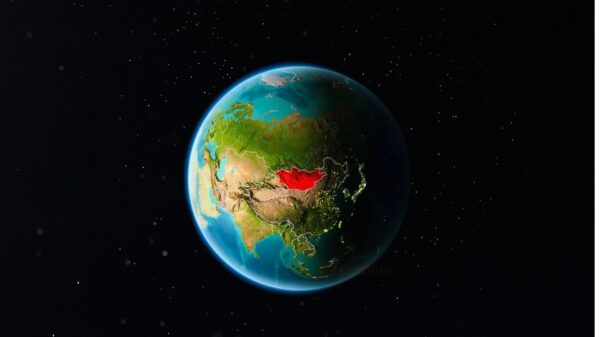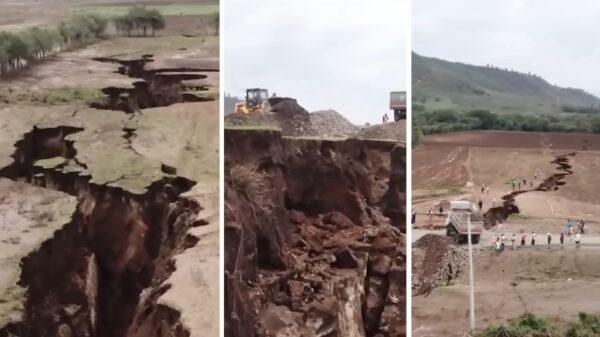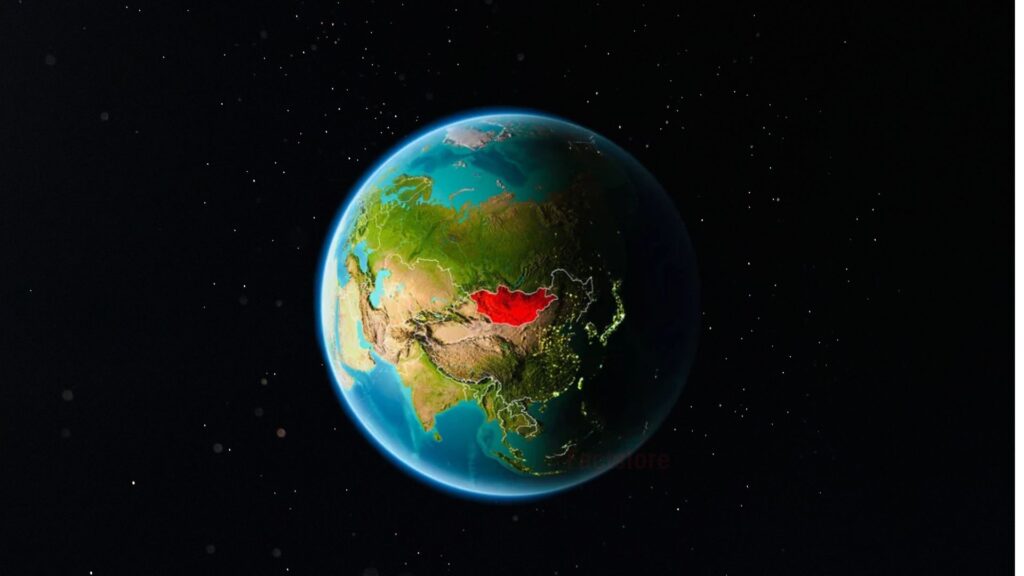Iceland, the volcanic island nestled in the northern part of the Atlantic Ocean, boasts a captivating landscape that has captured the attention of tourists worldwide. Among its many attractions, the fjords in the northeast of Iceland stand out as a remarkable natural wonder. These majestic fjords, shedding light on their significance beyond their picturesque appeal. As Iceland grapples with the adverse effects of climate change, this region presents a unique opportunity for sustainable growth and economic development.
Situated on the Mid-Atlantic Ridge, Iceland is home to awe-inspiring volcanoes, geysers, and glaciers, making it a coveted destination for travelers seeking extraordinary natural phenomena. Over the past decade, Iceland has witnessed an unprecedented surge in tourism, attracting millions of visitors. In 2018 alone, around 2.3 million people flocked to this Nordic island, and nearly 1.7 million in 2022, it’s still an impressive number when considering its modest population of merely 360,000 inhabitants. Notably, the capital city of Akureyri, with its population of approximately 130,000, stands as a vibrant hub amid Iceland’s thriving tourism industry.
A Shift in Economic Landscape: From Fishing to Tourism
Traditionally reliant on the fishing industry due to its scarcity of natural resources, Iceland underwent a significant transformation in its economic landscape. Fishing once constituted a substantial portion, approximately 27%, of the country’s gross domestic product in 2011. However, with the advent of tourism, the industry has surpassed fishing, emerging as the primary driving force behind Iceland’s economy. This shift coincided with a period of economic turmoil following the global financial crisis in 2008, providing a much-needed lifeline for the nation.
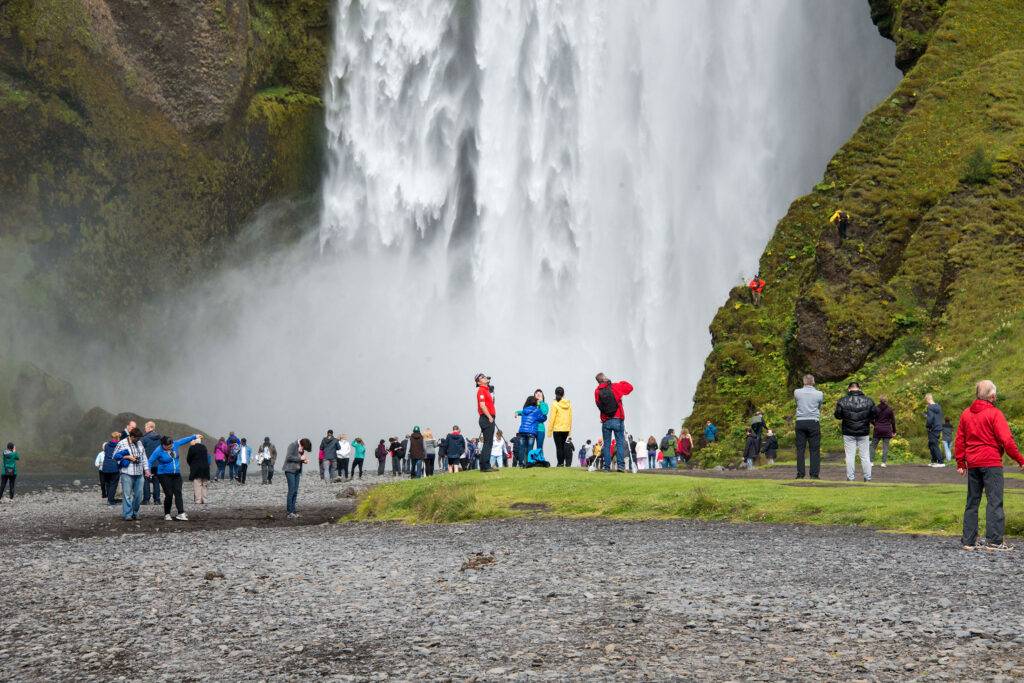
While Iceland as a whole embraces the benefits of tourism, certain regions experience uneven growth patterns. The capital city, Reykjavik, flourishes as a tourist hotspot, while areas dominated by the fishing industry face population decline and economic challenges. The northeast region of the country epitomizes this divide. Despite its natural splendor, tourism in this area has yet to reach its full potential. International flights primarily land in the south at Keflavik International Airport, near Reykjavik, while popular round trips around the island seldom extend to the northeastern region. Consequently, fishing remains the primary industry in these areas, but it has experienced a significant decline over the past few decades, resulting in job scarcity.
Regional Disparities: The Challenge of Sustainable Growth
To comprehend the fishing industry’s decline, it is crucial to examine its historical context. In the early 1950s, Iceland faced a grave threat to its fish populations due to intensified activities by foreign trawlers. To protect their marine resources, the Icelandic government took decisive action by extending the country’s exclusive economic zone, thereby prohibiting foreign boats from fishing within those waters. This bold move ignited the first Cod War, causing friction with other NATO members who opposed Iceland’s decision. The United Kingdom even deployed ships from the Royal Navy to escort its trawlers in defiance.
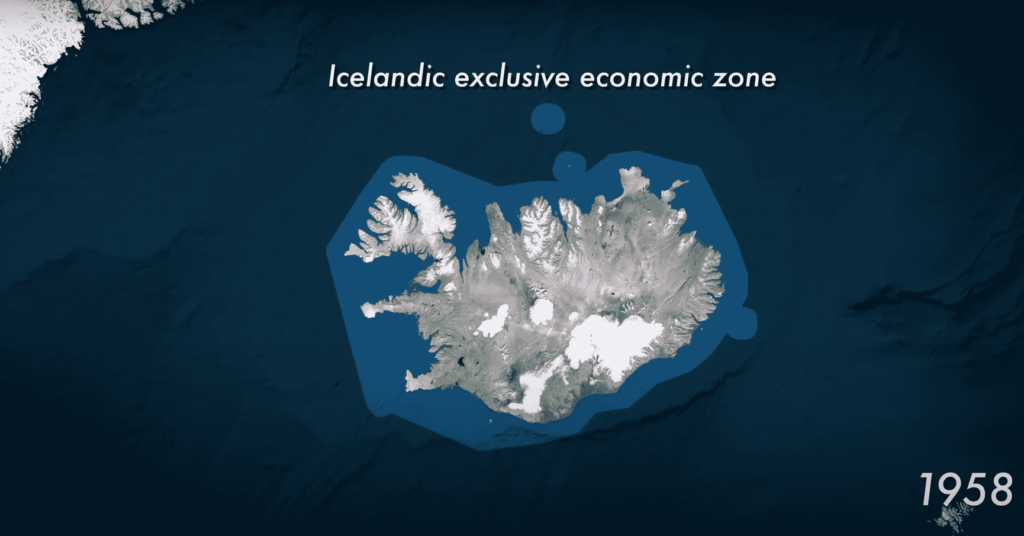
Undeterred by the opposition, Iceland persisted in expanding its exclusive economic zone in subsequent years, heightening tensions among nations. Leveraging its strategic geographical location during the Cold War, Iceland’s bargaining power increased. The country hosted two radar stations and a United States military base, allowing it to threaten the withdrawal from NATO unless its exclusive economic zone was granted. Succumbing to the pressure, the other NATO members eventually relented.
Despite the success of the exclusive zone, fish stocks continued to dwindle, particularly the herring, necessitating a temporary ban on its catch imposed by the Icelandic government. As a solution, the government introduced fishing quotas, eventually consolidating them into a single system known as the Individual Transferable Quota (ITQ) in 1990. These quotas, serving as transferable licenses, entitle fishermen to catch a specific amount of fish.
The amount of licenses handed out depends on the fish stocks. While this system drastically reduced the size of the fishing industry, it also led to the industry stabilization. Really, what is managed here is the relationship between economic and ecological sustainability, and that’s where it really connects to the problems of today.
In recent years, climate change has sparked a significant transformation in fish stocks around the island of Iceland. The warming of the oceans has caused fish populations to migrate northward, bringing about various consequences for the country.
Melting Glaciers and Environmental Awareness
One of the most evident signs of climate change in Iceland is the rapid melting of its vast glaciers. These glaciers, which have long been an integral part of the island’s landscape, are disappearing at an alarming rate. The profound impact of this loss was marked by a funeral ceremony held in August, 2019 for the first glacier that has vanished entirely due to climate change.


Iceland has emerged as an international pioneer in harnessing geothermal heat to promote a sustainable energy system. Around 85 percent of the country’s total energy consumption is sourced from geothermal and hydropower, making Iceland a shining example of renewable energy utilization. Furthermore, the Icelandic government, led by environmentalist Katrín Jakobsdóttir since 2017, has invested $55 million over a five-year period in reforestation, eco-friendly transportation, and land conservation efforts.
Despite its remarkable commitment to eco-balance, Iceland faces a paradoxical challenge. Tourism, the nation’s largest economic sector, contributes to substantial greenhouse gas emissions. Balancing the economic benefits of tourism with the need for environmental sustainability is a delicate task. Iceland is exploring avenues to mitigate the negative impacts of tourism while capitalizing on the changing dynamics caused by global warming.
Northeast Iceland: A Hub for International Shipping
The northeastern region of Iceland, particularly Finnafjord, has gained attention as it is strategically positioned to benefit from the changing shipping routes brought about by melting ice caps. Plans are underway to construct a large container port in Finnafjord, which aims to transform Iceland into a vital hub for international merchant shipping. The fjord’s deep waters and surrounding flat land make it an ideal location for the port. Additionally, an industrial park is envisioned to process and ship goods and resources, including those from the Arctic region.
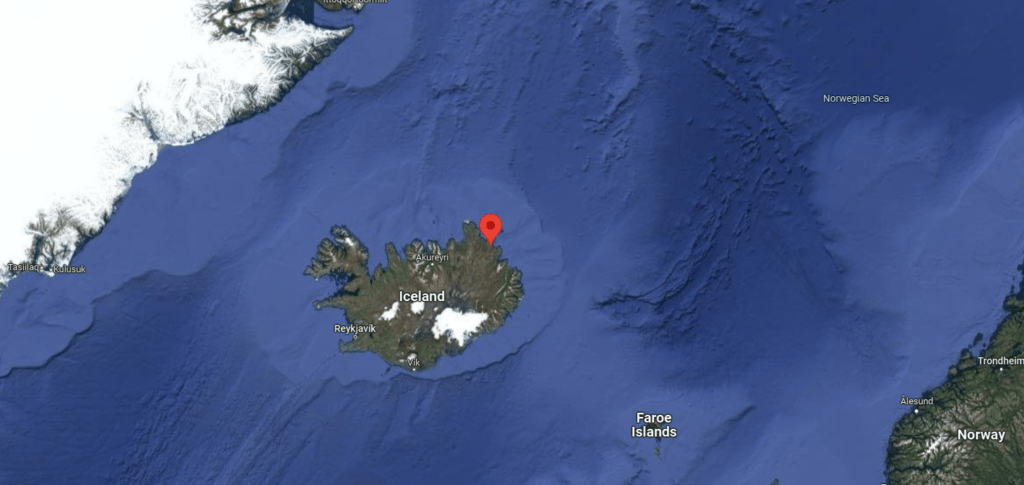
The container port project is based on the assumption that the main shipping routes will shift due to the melting ice caps. The current primary route connecting Europe and Asia passes through Singapore, the Indian Ocean, and the Suez Canal. However, with climate change, the Northern Sea Route could emerge as a viable alternative. This northern route offers a travel time approximately 9,000 kilometers or roughly 5,600 miles shorter than the existing path. While the route is currently accessible only for a few months each year, this timeframe is expanding. In 2017, the first ship successfully traversed the Northern Sea Route without the need for icebreakers, indicating the growing likelihood of it becoming a major trading route due to the melting ice caps.
Also Read: The History of Coca-Cola – Uncovering the Dark Truths
The Challenge of Balancing Business and Sustainability
The Finnafjord port project exemplifies a reality that poses an increasing challenge. Climate change, when viewed solely from a business perspective, can be seen as creating new opportunities such as trade routes and access to previously inaccessible resources like the Arctic’s vast oil reserves. However, this perspective disregards the urgent need for a sustainable economy and further contributes to greenhouse emissions. Iceland faces the task of profiting from its advantageous location while simultaneously striving to develop an eco-friendly and sustainable economy. This challenge mirrors the broader global economic dilemma.
As Iceland experiences the consequences of climate change, it seeks to adapt and find sustainable solutions. From the shifting fish stocks to the potential of new shipping routes, the island is at the forefront of environmental transformations. By prioritizing eco-balance and pursuing a sustainable economy, Iceland serves as a valuable case study for nations grappling with the need to embrace change, mitigate environmental impacts, and foster economic prosperity in an era defined by climate change.




